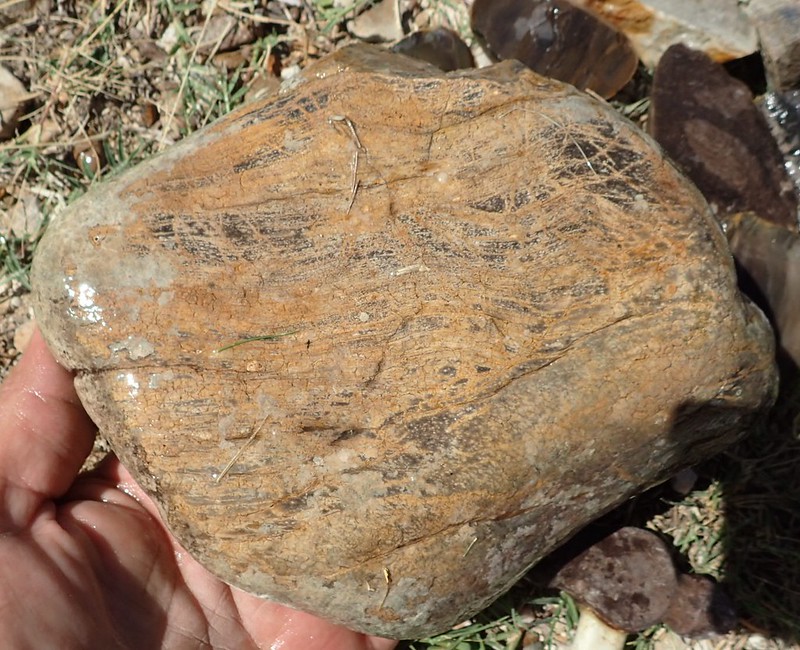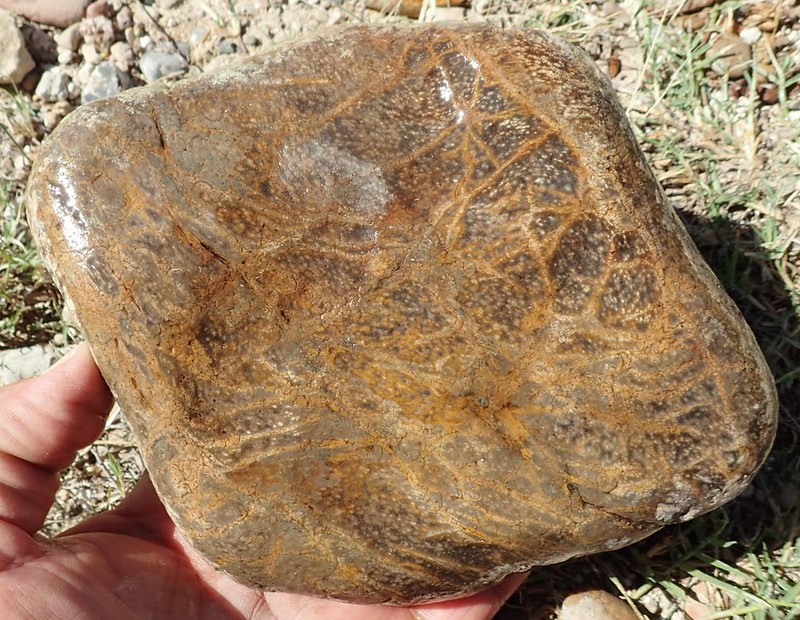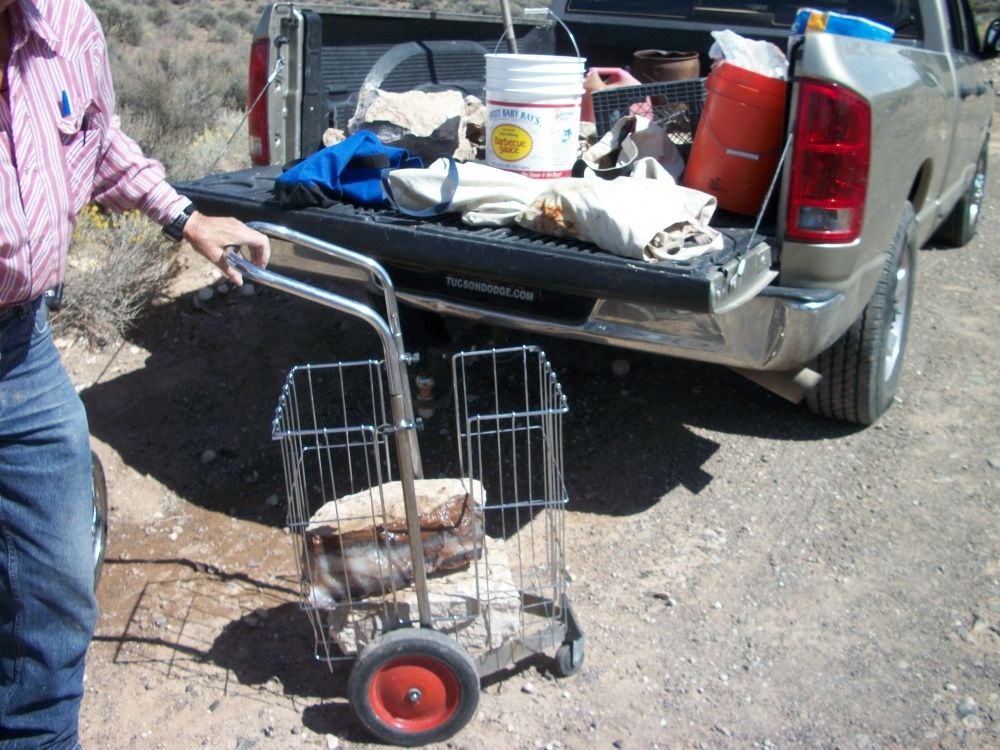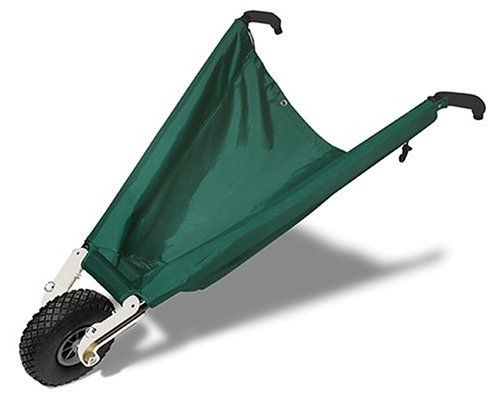jamesp
Cave Dweller 
Member since October 2012
Posts: 36,600
|
Post by jamesp on Nov 14, 2016 19:20:56 GMT -5
May have found a couple of 'not wood' petrifications. Like a fern or some other perennial type plant. Skin looked wood. This one seems to be a tangle of 1/2 inch roots. Could be a root bog or some strange plant.  Then this one seems like a mass of fibers  |
|
Deleted
Deleted Member
Member since January 1970
Posts: 0
|
Post by Deleted on Nov 14, 2016 20:23:32 GMT -5
#1] screams Cycad to me
#2] looks like crotchwood, the part of a tree where a limb leaves the trunk...
|
|
jamesp
Cave Dweller 
Member since October 2012
Posts: 36,600
|
Post by jamesp on Nov 15, 2016 7:16:45 GMT -5
#1] screams Cycad to me #2] looks like crotchwood, the part of a tree where a limb leaves the trunk... There is horsetail fossils near Birmingham Alabama that have preserved specimens almost a foot in diameter. Point being that is way giant compared to equisetum of this age. The stump section of equisetum is very woody and probably able to fossilize. No telling what was growing back in those ages and to what size. Cycad sounds great. Crotchwood too. The silicification of both samples were kind of strange, especially the colors of the crotchwood sample. |
|
jamesp
Cave Dweller 
Member since October 2012
Posts: 36,600
|
Post by jamesp on Nov 15, 2016 7:24:35 GMT -5
Couple of more to pinch the mind. Love plant structures, sorry for obsessing.   Red mahogany ha, a small high grade from the small pebble pile. Looked like dead red jasper at window but skin said wood.  |
|
jamesp
Cave Dweller 
Member since October 2012
Posts: 36,600
|
Post by jamesp on Nov 15, 2016 7:38:00 GMT -5
This whacko palm was a flat plate about 9 inches around and 1 inch thick. Looks like the bottom of the root ball at soil contact. Tubes headed in all directions. crazy  More sections cut   This cut at 90 degrees to the others:  As found  other side  |
|
jamesp
Cave Dweller 
Member since October 2012
Posts: 36,600
|
Post by jamesp on Nov 15, 2016 8:00:45 GMT -5
Found this (above palm) on the very first point to the lake captbob off to the left driving into the quarry the quarry  Really was not that much wood on that point. For that matter, there was not that much wood in the quarry. The big quarry just upstream from Zapata was closed down and growing weeds. Gates closed. 3 years ago it was going full tilt when they were widening Hwy 83. The owner owns the car parts place in Zapata and he did not give me permission to enter his quarry when asked. It is the highway projects that may be the reason they work the quarry's in that area. Or heavy rain seasons that damage soil roads. |
|
|
|
Post by captbob on Nov 15, 2016 8:17:04 GMT -5
Was that in that area off to the south east of the road or one of the ones that you were digging right out of the road? I wasn't even looking for wood. Seem to have brought some home, but I bet I picked up and tossed a ton or more. The way I covered ground, you should have told me to look for wood for ya. Not that I would have been toting it around, but I could have told ya where it was!  |
|
jamesp
Cave Dweller 
Member since October 2012
Posts: 36,600
|
Post by jamesp on Nov 15, 2016 8:45:12 GMT -5
Was that in that area off to the south east of the road or one of the ones that you were digging right out of the road? I wasn't even looking for wood. Seem to have brought some home, but I bet I picked up and tossed a ton or more. The way I covered ground, you should have told me to look for wood for ya. Not that I would have been toting it around, but I could have told ya where it was!  Other side of road Bob, with less Mesquite. I had little knowledge of collecting wood. It was a project started after you left when I found a piece of palm. The wood is mostly low on color, looks so drab in the field. And it is not as colorful as the moss and plume and jasper cut or uncut. It was not a problem thanks. I simply walked back over some of the areas that you and I picked over. |
|
|
|
Post by captbob on Nov 15, 2016 9:08:32 GMT -5
A side note for Mel - you had told me there would probably be Devil's Toenails rocks in the area. You were correct, there was actually quite a bit if this material, usually closer to the lake than inland. I brought home a few pieces, but nothing I found was as high quality as some of the pieces I got from you.
It's totally overcast again today, but I'll put taking photos of the pieces that I did bring home on my list.
May pull the saw back out of the garage today being it's too cloudy to be taking pictures.
Hope to get another tumbler running today as well.
|
|
Sabre52
Cave Dweller  Me and my gal, Rosie
Me and my gal, Rosie
Member since August 2005
Posts: 20,492
|
Post by Sabre52 on Nov 15, 2016 9:13:14 GMT -5
Wow, first of all that wood from your post 13 hrs ago is really odd and neat. Don't look like palm but does look like some kind of monocot. There are however something like 200+ palm species in Texas pet wood.Plus there are cycads, yuccas, ferns etc. Must the cycads show diamond structures on the exterior but the interiors look a lot different.
The wood you just posted though, I don't think is a monocot or palm. Don't know what it is but the vascular bundle distribution and variation in size doesn't look like palm. I find some in my Rio wood too. I thought it was palm at first too till I got out the books and the books are not a lot of help. Still working on that one but I think the replacement has wiped out a lot of the vascular structures that are need for good ID. A lot of these Texas woods seem to be more cast replacement than wood with a lot of the original structure heavily altered...Mel
|
|
jamesp
Cave Dweller 
Member since October 2012
Posts: 36,600
|
Post by jamesp on Nov 15, 2016 11:02:29 GMT -5
Wow, first of all that wood from your post 13 hrs ago is really odd and neat. Don't look like palm but does look like some kind of monocot. There are however something like 200+ palm species in Texas pet wood.Plus there are cycads, yuccas, ferns etc. Must the cycads show diamond structures on the exterior but the interiors look a lot different. The wood you just posted though, I don't think is a monocot or palm. Don't know what it is but the vascular bundle distribution and variation in size doesn't look like palm. I find some in my Rio wood too. I thought it was palm at first too till I got out the books and the books are not a lot of help. Still working on that one but I think the replacement has wiped out a lot of the vascular structures that are need for good ID. A lot of these Texas woods seem to be more cast replacement than wood with a lot of the original structure heavily altered...Mel Being able to count the present day Florida palms on one hand tells how complicated ancient plant life was if they are considering 200 varieties of palm in Texas. No matter. I love sawing and seeing the crazy evidence from way back when. Even if the heavy replacements alters structure. Like the ones 13 hours ago, there are strange structures. The only wood type found that was not with chunky wood like shapes but instead flat was the last piece. And the palm like stones all seem to have quality silicifications. Lots of wood looking rocks were delicate. I suppose those are all volcanic related replacements... |
|
jamesp
Cave Dweller 
Member since October 2012
Posts: 36,600
|
Post by jamesp on Nov 15, 2016 13:51:28 GMT -5
Woods cut in the 3-6 pound cat  one pound category  Uncut 1-2 pounders, field windowed  Red and yellow color hints at wood, but no grain. Too round. Looks like a jasper, a dud. Got tricked.   This with a strange skin(due to brecciations likely)  with grain  cross grain  The whole blob of cut rocks. Back groupers were simply big non-wood rocks.  |
|
Deleted
Deleted Member
Member since January 1970
Posts: 0
|
Post by Deleted on Nov 15, 2016 14:39:04 GMT -5
Do you park your ride on the dirt road at the spot you are gonna walk. Did you carry a bucket and once full beeline to the car? How far was collecting from the car?
|
|
|
|
Post by captbob on Nov 15, 2016 14:49:35 GMT -5
I carried a carwashing bucket (thick rope "handle") with me at all times with a few inches of water in it. Easy to carry - just not fun when full of rocks! - and I could just dip rocks in water to see 'em wet. Figured it was easier than also carrying a spray bottle and having to spritz rocks. Dipping was fast.
Looked like I was on an Easter egg hunt walking around with that silly red bucket!
But it worked for me.
Always parked as close to area to be hunted as possible, but sometimes that was still pretty far from rocks.
Bucket full of rocks was darn heavy.
ETA: sometimes area to be hunted was one to two hundred yards from vehicle. Often less than that. Up hill, down hill - usually hills! Could walk a couple miles just working an area the size of a football field or two.
|
|
|
|
Post by 1dave on Nov 15, 2016 15:46:23 GMT -5
Just showing . . .  |
|
panamark
fully equipped rock polisher
  
Member since September 2012
Posts: 1,343
|
Post by panamark on Nov 15, 2016 15:47:57 GMT -5
Then this one seems like a mass of fibers  This looks a lot like the ones I have that are from the transition area where the trunk of the tree joins the start of the root portion. Especially evident on the middle piece - rotate it a quarter turn clockwise and you can see it better. Very often this ground level is the only part of the tree that gets properly petrified as it gets covered with volcanic ash, debris, mud, etc. Usually the more exposed trunk and limbs are quickly lost to fire and/or rot. Petrification actually is an extremely unlikely process as you can imagine -- only a VERY, very small portion of all trees that have lived got petrified. Petwood is an amazing and awesome glimpses into the long past. When I find a nicely preserved piece I still often catch myself saying "if you could only talk and tell me what it looked like, what animals were here...." Ha, talking to rocks. What does that mean? PS: yes, Scott has the right idea on a consortium = a group that bands together to control or manage a valuable resource. BTW: that red "mahogany" is one of the nicest pieces of wood I have seen!! I have a small piece out of Wyoming like that. |
|
|
|
Post by Garage Rocker on Nov 15, 2016 15:49:07 GMT -5
OMG! I need a five gallon bucket of Sweet Baby Ray's. That's a nice little rock hauler too.
|
|
|
|
Post by captbob on Nov 15, 2016 16:30:05 GMT -5
Just showing . . .  I was looking into converting one of those jogger baby strollers (big wheels) into a rock carrier before the trip. Glad I didn't waste my time and $$ on that project. No way a wheeled cart of any type would work in that environment. Rough rocky ground and brush/mesquite everywhere. A person could barely squeeze through many places and probably shouldn't have tried in many that we ventured into anyway. This was the "road" down to a fantastic rock strewn area, had to be at least a 50 foot drop in a hundred yards. Didn't take the camera down there, but the ground was so rocky that just walking was difficult. Would have been nice to have had a cart to help haul rocks back up, but no way that would have worked.  |
|
|
|
Post by 1dave on Nov 15, 2016 16:48:08 GMT -5
Just showing . . .  I was looking into converting one of those jogger baby strollers (big wheels) into a rock carrier before the trip. Glad I didn't waste my time and $$ on that project. No way a wheeled cart of any type would work in that environment. Rough rocky ground and brush/mesquite everywhere. A person could barely squeeze through many places and probably shouldn't have tried in many that we ventured into anyway. This was the "road" down to a fantastic rock strewn area, had to be at least a 50 foot drop in a hundred yards. Didn't take the camera down there, but the ground was so rocky that just walking was difficult. Would have been nice to have had a cart to help haul rocks back up, but no way that would have worked.  That one went uphill a half mile through large rocks and thick sage brush. Being narrow helps with the brush scenes. We have larger carts made with bicycle wheels that are only stopped by very thick brush. We have thought a lot about something like this:  But plastic parts wouldn't hold up. |
|
Sabre52
Cave Dweller  Me and my gal, Rosie
Me and my gal, Rosie
Member since August 2005
Posts: 20,492
|
Post by Sabre52 on Nov 15, 2016 16:55:10 GMT -5
I'm sure some of the wood from West Texas is from volcanic ash beds but a lot of the South Texas wood was probably laid down in sediments and then replaced by silica from overlaying marine sediments, just like the chert and "flint". The silica in that case would be from organic sources like radiolarian and diatom skeletons and sponge spicules.
All the chert is of course from marine sedimentary deposits ( limestone) but the agates, except for the limb casts of which there are lots, heck those come from all over the west and are probably from gas pockets in basalt, andesite and rhyolite.
Dandy bullseye in that chert by the way!..Mel
|
|